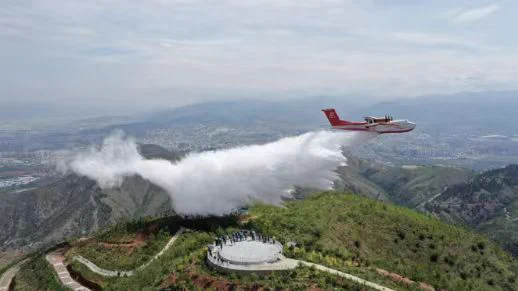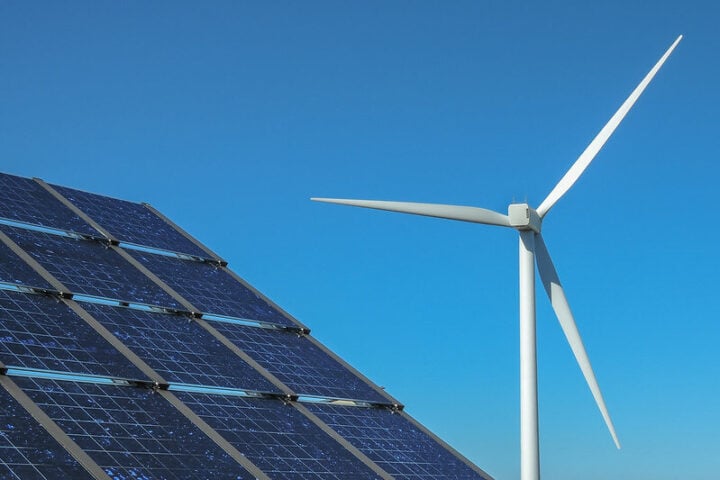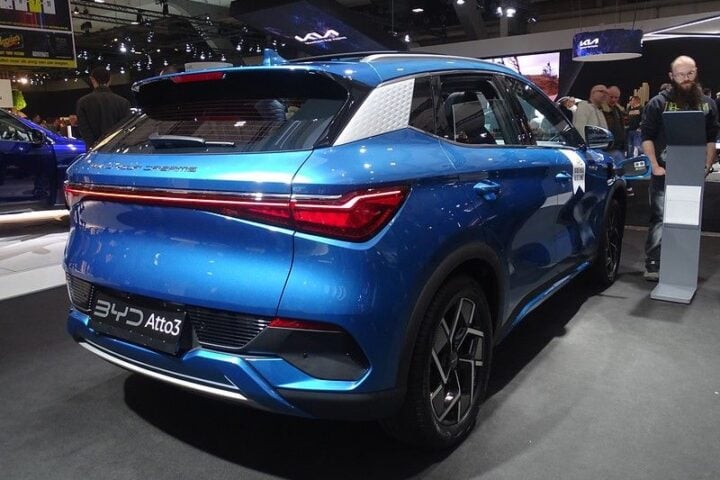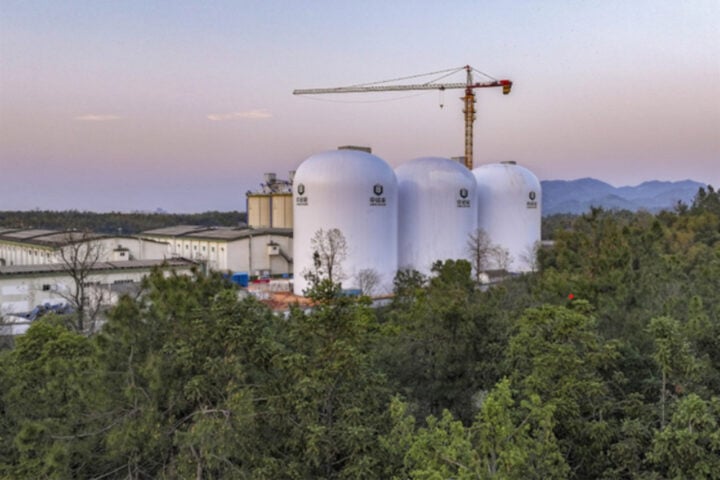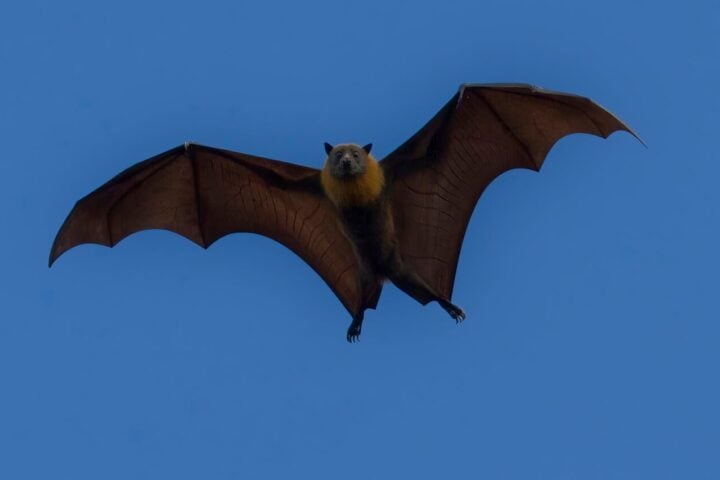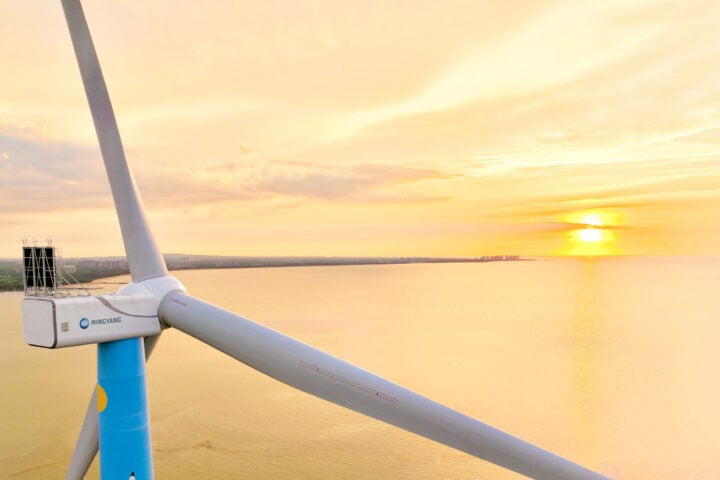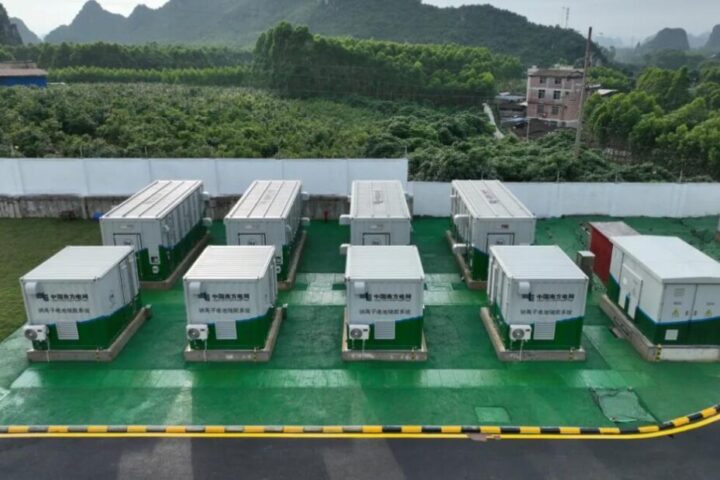The AG 600, developed by the Aviation Industry Corporation of China (AVIC), signifies a monumental advancement in China’s aviation industry. After a five-year developmental phase commencing in August 2014, the prototype took to the skies from Zhuhai Airport on December 24, 2017.
Often referred to as the ‘Kunlong’, the AG 600 had its maiden saltwater landing in Qingdao, China, in 2020, highlighting its unique amphibious capabilities. Before its public unveiling, 17 orders were already placed for the aircraft, underscoring its anticipated utility.
Similar Post
Measuring 36.90 meters in length and with a wingspan of 38.90 meters, the AG 600 rivals the size of the Boeing 737. Its formidable size and capabilities position it as an asset in rapid response missions. With the capacity to gather 12 tonnes of water, the aircraft can cover a 4,000 square meter area in firefighting roles. These attributes are powered by four WJ-6 turboprop engines, each featuring six blades, giving the aircraft a flight range of approximately 4,500km – roughly the distance from Seattle to Miami.
While the AG 600 boasts impressive features, it does have limitations, such as only operating in sea conditions with waves below 2 meters. AVIC faced some setbacks, initially targeting 2021 for certification and commencing deliveries in 2022. However, recent test outcomes are promising, suggesting potential certification in the near future. The current projection for the AG 600’s service entry ranges between 2024 and 2025.
Furthermore, a specialized firefighting variant, the AG 600M, is under tests in Xian, China, and is expected to enter service in 2024. Surpassing its predecessor, the AG 600M stands as the world’s largest amphibian, outclassing the Shinmaywa US-2, the current second-largest amphibian with an MTOW of 431.
The AG 600 series is powered by four Dongan WJ-6 turboprops. Though primarily emphasized for civilian roles, such as forest firefighting and marine rescue, the AG 600’s military applications are evident. It can support operations in strategic areas like the South China Sea, aiding special forces and executing long-range combat search & rescue missions.
Recognizing the strategic potential of amphibious aircraft, the US military’s Defence Advanced Research Projects Agency (DARPA) launched the Liberty Lifter Program in 2022. This initiative aims to develop an aircraft adept at carrying large payloads, capable of water take-offs without reliance on ground or ship-based infrastructure. Global aerospace leaders, General Atomics Aeronautical Systems and Boeing’s Aurora Flight Sciences unit, are integral to the Liberty Lifter’s design process.
